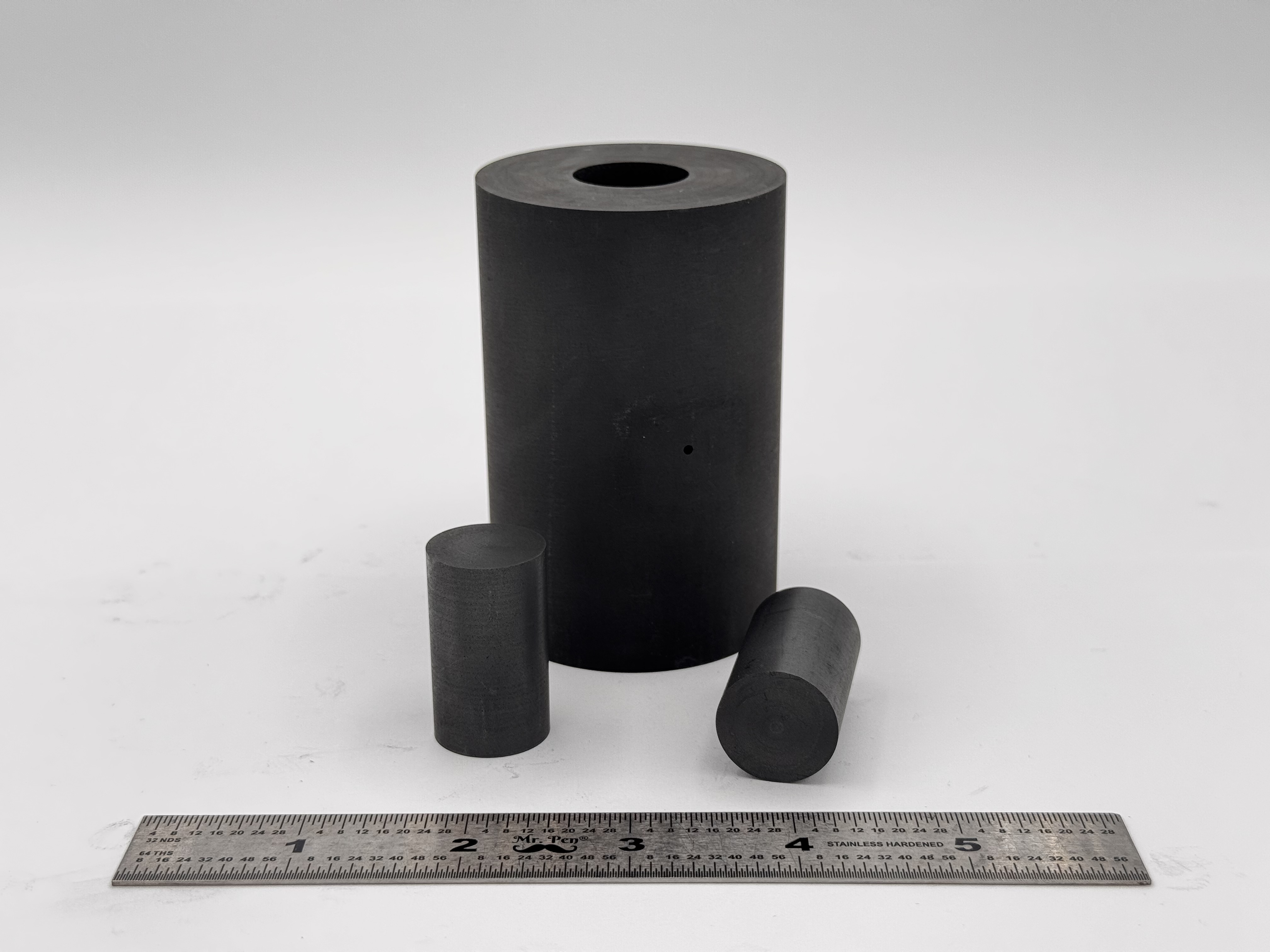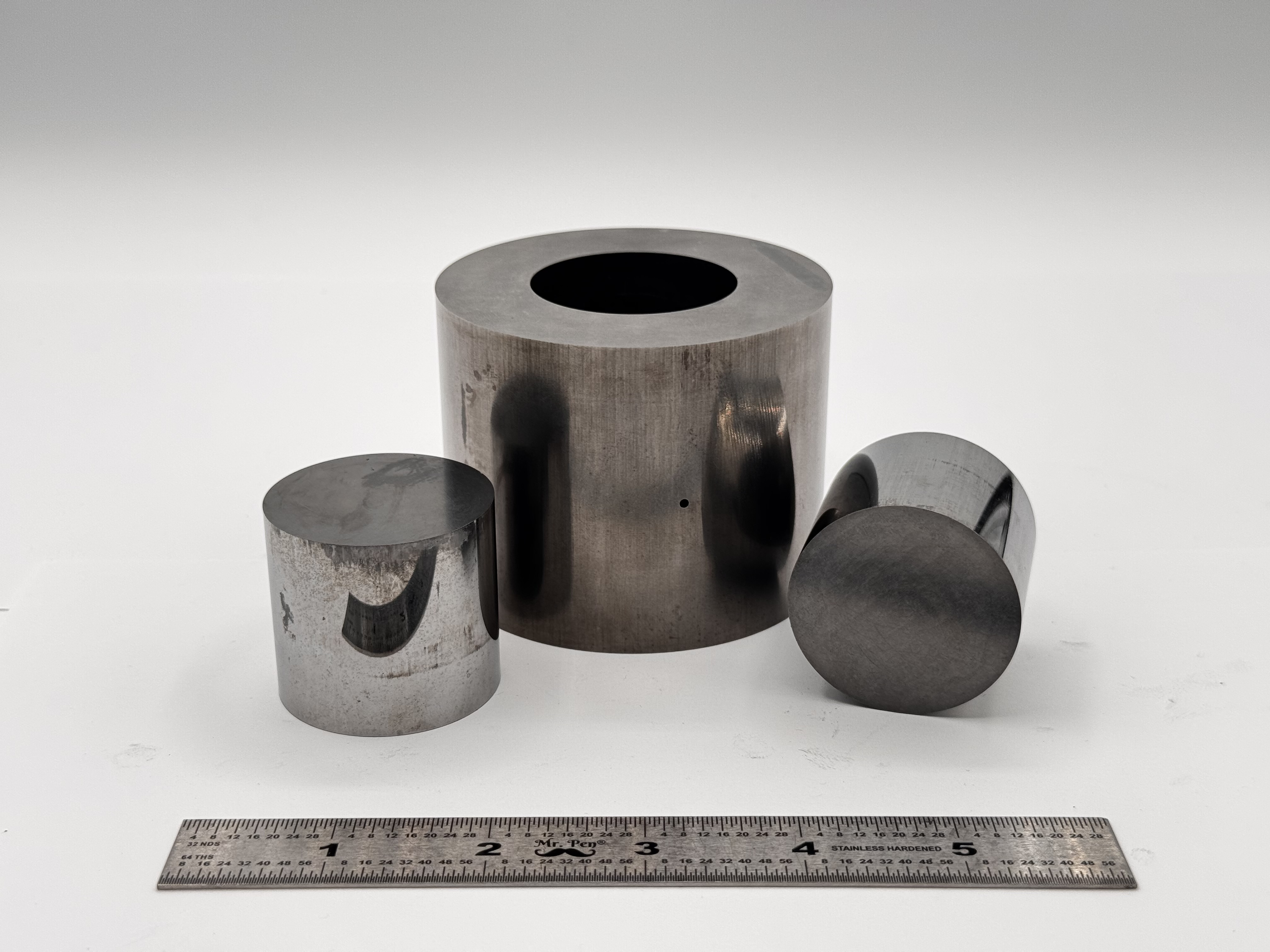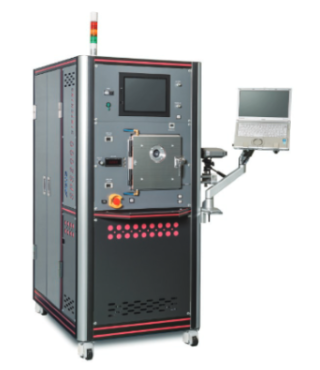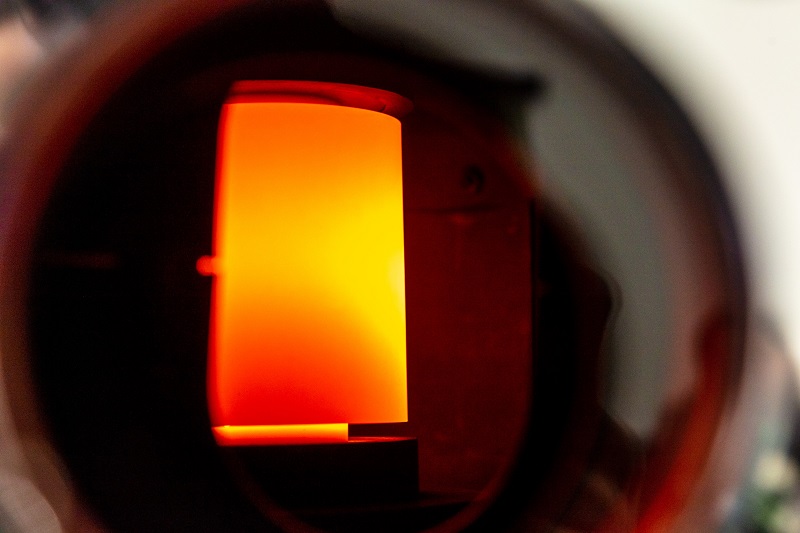Hot Isostatic Pressing (HIP): How California Nanotechnologies Delivers Next-Level Material Performance
California Nanotechnologies (Cal Nano) stands at the forefront of advanced materials innovation. One of the company’s most transformative capabilities is Hot Isostatic Pressing (HIP) — a process that refines material structure, eliminates porosity, and enhances the mechanical and physical properties of components across a range of demanding industries.
As a recognized leader in field-assisted sintering and powder metallurgy, Cal Nano combines deep materials science expertise with state-of-the-art HIP equipment to help customers achieve unparalleled quality and performance. Whether optimizing metal, ceramic, or composite parts, the HIP process is central to Cal Nano’s mission: pushing the boundaries of what’s possible through advanced materials engineering.
What Is Hot Isostatic Pressing (HIP)?
Hot Isostatic Pressing (HIP) is a high-temperature, high-pressure process used to increase the density and integrity of solid materials. It’s a powerful post-processing technique that applies both heat and uniform gas pressure — typically using argon — to eliminate internal voids, close pores, and bond particles together at the atomic level.
During HIP, components are placed in a sealed steel pressure vessel known as an autoclave. Inside, the system is pressurized up to 45,000 psi (310 MPa) and heated to temperatures approaching 2,000°C, depending on the material. This combination of heat and pressure causes the material’s atoms to diffuse and bond, effectively removing microscopic defects and achieving near-theoretical density.
The term isostatic means that the pressure is applied evenly in all directions, ensuring uniform densification throughout the entire part — even in complex geometries. The result is a component with improved strength, toughness, and fatigue resistance, as well as enhanced dimensional stability and reliability.
The Science Behind HIP
The HIP process works through three primary mechanisms: plastic deformation, creep, and diffusion bonding.
- Plastic Deformation: Under heat and pressure, the material begins to deform plastically, allowing the surface irregularities and pores to collapse.
- Creep: Sustained pressure and temperature cause material flow at the atomic level, redistributing material into voids and imperfections.
- Diffusion Bonding: At elevated temperatures, atoms migrate across grain boundaries, forming strong metallurgical bonds that eliminate porosity and strengthen the overall structure.
This microstructural refinement is what gives HIP-processed materials their superior mechanical and physical properties. By closing internal voids, HIP not only enhances tensile and yield strength but also significantly improves fatigue life, fracture toughness, and corrosion resistance.
California Nanotechnologies’ HIP Expertise
At California Nanotechnologies, HIP is more than a process — it’s a platform for innovation. The company’s advanced HIP systems are capable of precise control over temperature, pressure, and cycle time, allowing for complete process customization based on each material’s behavior and application requirements.
Cal Nano’s HIP technology is particularly valuable in conjunction with its Field-Assisted Sintering Technology (FAST/SPS) and nanostructured materials processing. Together, these technologies enable the production and densification of high-performance materials with tailored microstructures — from ultra-strong metals to advanced ceramics and composites.
Because of Cal Nano’s multidisciplinary expertise, the HIP process can be used not only for densification but also for diffusion bonding, defect healing, and property optimization in finished or near-net-shape parts. The ability to combine HIP with other advanced processing methods ensures customers receive fully optimized components designed to perform in the most extreme environments.
Applications Across Advanced Industries
Hot Isostatic Pressing has become a critical step in the production of high-performance parts for industries that cannot tolerate failure. California Nanotechnologies applies HIP across a range of sectors, including:
Aerospace and Defense
Aerospace components must withstand extreme heat, pressure, and stress cycles. HIP processing ensures structural integrity and fatigue resistance in critical parts such as turbine blades, fuel system components, and structural fasteners. Cal Nano’s HIP services help aerospace manufacturers meet stringent quality standards and extend the operational life of mission-critical hardware.
Additive Manufacturing (3D Printing)
HIP is one of the most essential post-processing methods for metal additive manufacturing. Even with modern powder bed fusion techniques, 3D printed parts often contain residual porosity. Cal Nano’s HIP systems eliminate these internal defects, improving density, fatigue resistance, and surface integrity. This process transforms additive-manufactured parts into production-ready components with properties equivalent to — or better than — traditionally manufactured materials.
Energy and Power Generation
From nuclear reactors to gas turbines, energy systems depend on materials that can withstand extreme conditions over long lifespans. HIP enhances the mechanical stability and creep resistance of critical components, ensuring safety and performance in high-stress environments.
Medical and Biomedical Devices
In the medical field, the structural integrity of materials is paramount. HIP processing is used to densify titanium and cobalt-chromium alloys used in orthopedic implants and surgical tools. The result is smoother surfaces, greater strength, and reduced likelihood of microcracks — improving biocompatibility and patient safety.
Tooling, Molds, and Ceramics
Cal Nano’s HIP services are also used to improve wear resistance, toughness, and dimensional accuracy in tooling and ceramic components. By reducing porosity and refining grain structure, HIP extends tool life and improves performance consistency.
Key Advantages of HIP at California Nanotechnologies
When performed under precise conditions and backed by Cal Nano’s engineering expertise, HIP offers a number of unique advantages:
- Complete Densification: Achieves near-100% density by eliminating internal voids and defects.
- Enhanced Mechanical Strength: Improves tensile, yield, and fatigue strength, especially in high-performance alloys.
- Improved Reliability: Reduces the likelihood of failure in mission-critical parts.
- Microstructural Uniformity: Promotes homogeneous grain structure for consistent performance.
- Versatility: Applicable to metals, ceramics, carbides, and composite materials.
- Diffusion Bonding Capability: Allows joining of dissimilar materials with strong metallurgical bonds.
Cal Nano’s ability to integrate HIP with other advanced materials technologies ensures that each component is processed to exact specifications, whether for research, prototyping, or full-scale production.
Materials Processed by Cal Nano’s HIP Systems
The versatility of Cal Nano’s HIP technology allows it to process a wide range of materials, including:
- Titanium and Titanium Alloys – Ideal for aerospace and medical applications.
- Nickel-Based Superalloys – Used in turbines, engines, and high-temperature systems.
- Stainless and Tool Steels – Strengthened for industrial tooling and precision components.
- Aluminum Alloys – Lightweight applications requiring enhanced strength-to-weight ratios.
- Advanced Ceramics and Carbides – For wear-resistant, thermal, and structural uses.
Each material requires unique temperature and pressure conditions, and Cal Nano’s process flexibility ensures consistent results tailored to the customer’s needs.
Why Choose California Nanotechnologies for HIP Services
Choosing Cal Nano means partnering with a company that understands materials science at the atomic level. Their combination of advanced equipment, metallurgical expertise, and process customization makes them a trusted partner for some of the most demanding industries worldwide.
Cal Nano’s HIP capabilities are supported by a robust R&D foundation, enabling innovation in new materials development and process optimization. Whether improving existing components or developing entirely new products, Cal Nano’s HIP services help customers achieve breakthroughs in strength, performance, and efficiency.
Conclusion
Hot Isostatic Pressing (HIP) is more than a post-processing step — it’s a transformative technology that defines the performance and reliability of modern materials. Through precise control of heat and pressure, HIP removes internal imperfections, enhances density, and strengthens the very structure of the material.
At California Nanotechnologies, this process is elevated to a new level. With world-class equipment, cutting-edge expertise, and a commitment to materials excellence, Cal Nano delivers HIP solutions that empower innovation across aerospace, energy, defense, medical, and additive manufacturing sectors.
As industries continue to demand stronger, lighter, and more durable materials, California Nanotechnologies remains at the forefront — proving that when science and engineering converge, the results are nothing short of extraordinary.
 High Strength SPS Graphite Tooling
High Strength SPS Graphite Tooling Tungsten Carbide Tooling
Tungsten Carbide Tooling Carbon Graphite Foil / Paper
Carbon Graphite Foil / Paper Carbon Felt and Yarn
Carbon Felt and Yarn Spark Plasma Sintering Systems
Spark Plasma Sintering Systems SPS/FAST Modeling Software
SPS/FAST Modeling Software